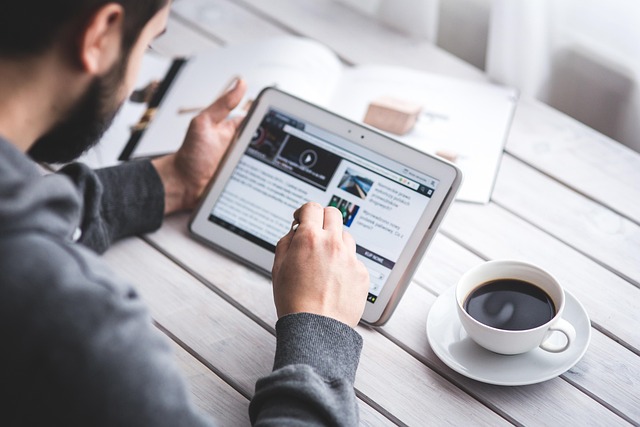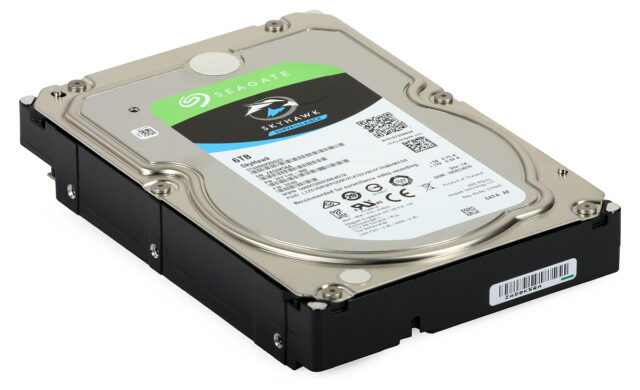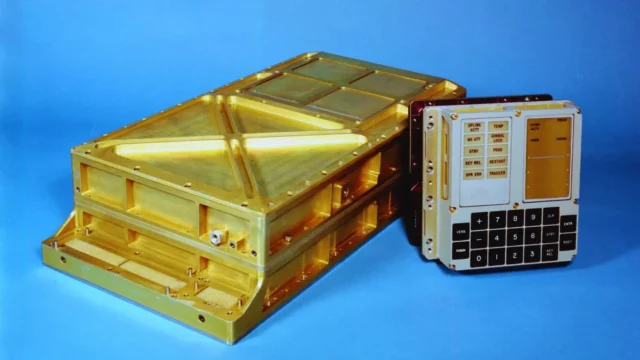Laptops have become essential tools in everyday life—whether for work, study, entertainment, or gaming. Their compact design makes them convenient to carry, but this limited space often compromises effective heat dissipation. Overheating can not only slow down performance but also cause long-term damage to components. That’s why understanding and implementing proper cooling techniques is vital—especially during hot seasons or under heavy usage.
This article explores in detail why laptops overheat, how to monitor internal temperatures, and what hardware and software solutions are available. It also provides practical advice to maintain performance and extend your laptop’s lifespan.
Why do laptops overheat?
Internal components such as the CPU, GPU, RAM, and storage devices generate heat during operation. Since these parts are enclosed in a compact chassis, airflow is limited compared to desktop PCs.
Common causes of overheating:
-
Dust buildup on fans and heat sinks
-
Poor airflow within the case
-
High CPU/GPU usage
-
Using the laptop on soft surfaces like beds or cushions
-
Aged or ineffective thermal paste
-
Inadequate thermal design or low-quality components
How to monitor laptop temperature
Various free tools are available to monitor your laptop’s internal temperatures:
-
HWMonitor
-
Core Temp
-
Open Hardware Monitor
-
SpeedFan
-
AIDA64
Typical operating temperatures:
-
CPU: 40–70°C under normal load
-
GPU: 40–80°C
Above 90°C, it’s advisable to take preventive measures.
Hardware-based cooling solutions
Cooling pads
These USB-powered stands use built-in fans to increase airflow beneath the laptop. They’re simple yet effective for basic thermal improvement.
Cleaning the cooling system
Dust and debris can reduce fan efficiency and block airflow. Use compressed air to clean vents and internal components. For best results, perform a deep clean at least once a year or more often in dusty environments.
Replacing thermal paste
Thermal paste bridges the gap between the CPU and the heat sink. Over time, it dries out and loses effectiveness. Apply a high-quality compound like Arctic MX-6 every 1–2 years to restore heat conductivity.
Elevating the laptop
Even basic DIY elevation using erasers, bottle caps, or books can help improve airflow by allowing heat to dissipate beneath the device.
Software-based cooling techniques
Power management settings
Adjust Windows’ power plan to reduce maximum CPU performance and screen brightness, which helps lower heat output:
-
Set CPU max state to 99%
-
Lower display brightness
-
Turn off unused features (e.g., Bluetooth, background apps)
Fan control tools
Programs like SpeedFan or Notebook FanControl allow manual fan speed adjustments. In some models, you can also access fan profiles via BIOS/UEFI.
Optimize background processes
Use Task Manager to identify and shut down unnecessary applications that increase CPU load and heat.
Best practices for daily use
-
Avoid using the laptop on soft surfaces
-
Ensure proper room ventilation
-
Don’t keep the laptop in sleep mode for extended periods
-
Keep drivers and system software up to date
Advanced cooling technologies
Heat pipes
These tubes use fluid to transfer heat away from the CPU to a heat sink, providing efficient passive cooling.
Vapor chamber cooling
Found in high-end gaming laptops, vapor chambers distribute heat across a flat surface for even dissipation.
AI-based cooling management
Modern laptops use machine learning algorithms to dynamically adjust fan behavior based on real-time usage and thermal data.
Usage types and thermal profiles
Low-load usage
-
Web browsing, office apps
-
Typical temperature: 40–55°C
Medium-load usage
-
Video editing, light gaming
-
Typical temperature: 60–80°C
High-load usage
-
AAA gaming, CAD, virtualization, streaming
-
Temperature can exceed 90°C
-
Requires active cooling and optimization
Hot weather tips
-
Avoid direct sunlight exposure
-
Use a room fan or AC for better airflow
-
Power off the laptop when not in use
-
Avoid outdoor usage in extreme heat
BIOS/UEFI settings for cooling
BIOS settings can fine-tune system performance and thermal behavior.
-
Set fan profiles (silent/balanced/performance)
-
Enable or limit CPU throttling
-
Keep BIOS updated for better thermal algorithms
Gaming and streaming scenarios
Simultaneous gaming and streaming can push both CPU and GPU to their thermal limits.
Tips for reducing heat during gaming:
-
Close unnecessary apps and overlays
-
Use your laptop’s dedicated gaming mode or fan boost feature
Tips for streaming:
-
Use hardware encoders (NVENC, Intel Quick Sync)
-
Lower stream resolution and bitrate
-
If possible, use a separate device for streaming
External GPU (eGPU) benefits
An eGPU connects to your laptop via Thunderbolt and handles graphics processing externally.
Advantages:
-
Offloads GPU heat from the laptop
-
Usually features powerful external cooling
-
Allows for better performance and thermal balance
Drawbacks:
-
Expensive
-
Requires external power supply
-
Reduced portability
eGPUs are ideal for stationary users who want desktop-grade performance without sacrificing mobility.
Proper cooling isn’t just about comfort—it significantly affects your laptop’s performance, reliability, and lifespan. With proactive maintenance, effective airflow solutions, and smart usage habits, you can prevent overheating even during intense workloads.
Whether it’s using a cooling pad, managing software loads, replacing thermal paste, or investing in advanced technologies like AI-based fan control or external GPUs, there’s a solution for every level of user.
As laptop design continues to evolve, future trends like graphene-based cooling, smart thermal profiling, and modular external cooling units will offer even more robust ways to keep your device running cool and smooth—no matter how hard it’s working.
Image(s) used in this article are either AI-generated or sourced from royalty-free platforms like Pixabay or Pexels.
Did you enjoy this article? Buy me a coffee!






